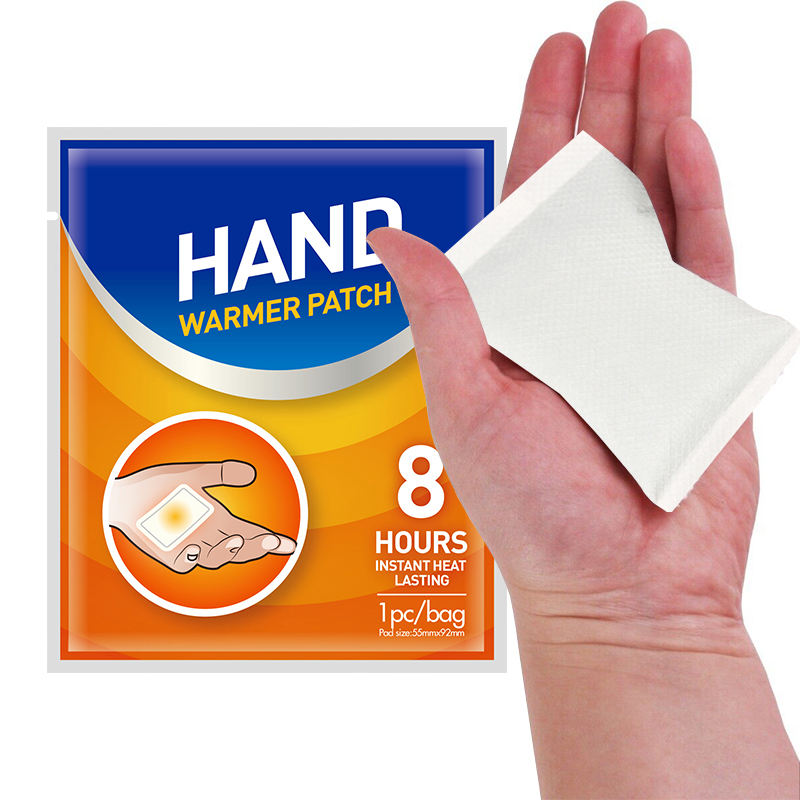Hand warmers are a common sight in winter, providing welcome warmth to those who need it. But how did these devices evolve from simple heat-retaining devices to the advanced models we have today? In this article, we trace the history of hand warmers and explore the innovations that have made them more practical and comfortable.
- Early Hand Warmers
The earliest hand warmers were simple devices made from materials such as metal or ceramic. They were designed to retain heat, either through a chemical reaction or by being warmed in the fire. These basic hand warmers were effective but cumbersome and had limited heat retention. - Modern Hand Warmers
Modern hand warmers are more advanced, often using technology such as phase-change materials (PCM) or chemical heat packs. These devices can be reused and provide longer-lasting warmth. They are also more convenient, often compact and lightweight, making them easy to carry and use.

3. Enhanced Comfort Features
In addition to practical considerations, modern hand warmers also focus on comfort. Some models feature extra padding or soft outer layers for a more comfortable grip. Others include adjustable heat settings, allowing users to control the temperature of the warmth according to their needs.
In conclusion, hand warmers have come a long way from their primitive origins. The evolution of technology and materials has made them more practical, convenient, and comfortable, ensuring that warmth is within reach for those who need it most.






